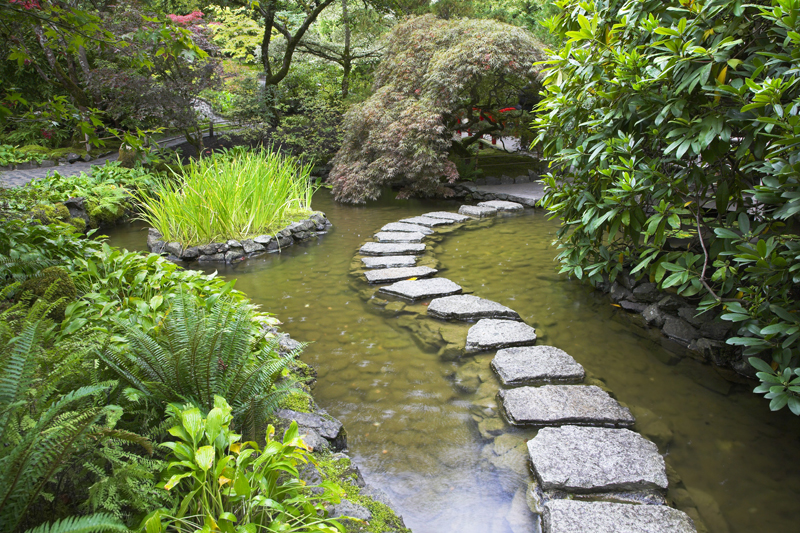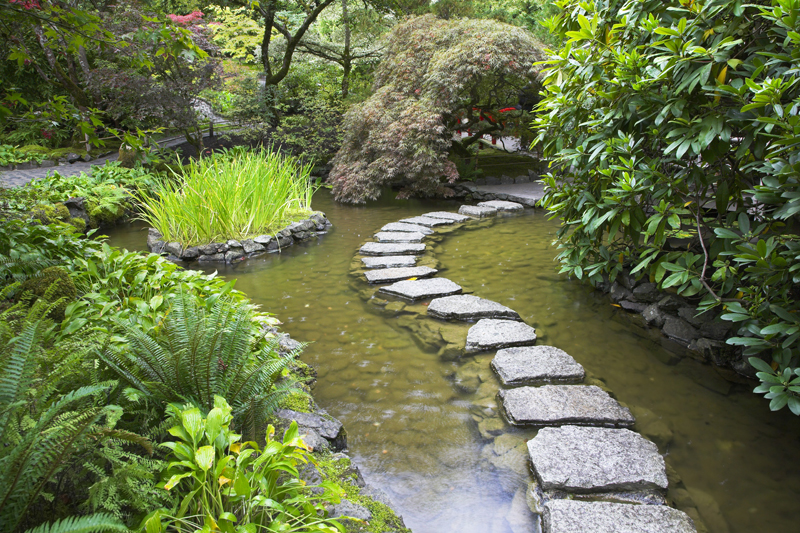Dwarf Asiatic Elm

Dwarf Asiatic elm is also known as Siberian elm. It is native to China, Siberia, Manchuria, and Korea. Assuming that appropriate cultivars are chosen, this tree is suited to zones 2 through 9.
This is widely grown in the Great Plains because it is quite hardy. In the area, this is often used for shelterbelts and windbreaks. The tree is an excellent choice for dry cold areas of the western plains and does well in the Midwest where it is popular.
Dwarf Asiatic elm does well in the Dakotas, Kansas, Nebraska, and from Oklahoma to Texas. The fast growing, relatively long lived plant is used as a street tree. It is also recommended for reclamation projects.
Description of Dwarf Asiatic Elm
This is an open, rounded tree with a broadly upright growth habit. The plant is usually about 50 to 75 feet in height with a spread of 35 to 50 feet.
However, when this is grown in areas with challenging growing conditions, it is generally much smaller, perhaps 10 to 30 feet tall. In fact, the plant can become more shrubby than tree-like.
The bark is rough. Tending to fork, the slender branches are pendulous. The slender branchlets are covered with hairs when they are young.
Sometimes toothed, the elliptic to oblong leaves are ¾ to 3 inches long. Deep green, these tend to be hairy on the underside when young. The foliage can provide a slight touch of fall color.
However, there is a special cultivar that brings lovely autumn tones. This is called Suppora Autumn Gold elm.
The very small, short stalked blossoms open in early summer. These appear before the foliage emerges. The winged, circular fruits are ½ inch wide and long. These ripen later in the summer.
Growing Dwarf Asiatic Elm
This medium to tall tree does best in full sun. It is suited to all soil types. This is tolerant of poor soils, wet soils, and ones with a pH range from acid to alkaline. Dwarf Asiatic elm is drought tolerant.
The plant is also salt tolerant. For shelterbelts, it can be sheared as needed. For best results, grow this as a single leader. The tree is also used for screens.
Pruning will be needed because small branches tend to die and need removed. This tree tends to self sow freely, and bears lots of seeds.
This plant is weak wooded and can experience damage from ice storms. However, there is a cultivar called Cool Shade elm that is less likely to suffer from ice storms than other kinds of elms. This has a slower growth rate than most elms. The roots of this tree can be aggressive and damage pavement and buildings.
Dwarf Asiatic elm is prone to various insect problems, including elm leaf beetles. This plant is resistant to Dutch elm.
One serious problem that can create issues with the major branches is that this tends to split from the crotch once the tree becomes older. This happens because the bark becomes included between the trunk and the limbs.
This is widely grown in the Great Plains because it is quite hardy. In the area, this is often used for shelterbelts and windbreaks. The tree is an excellent choice for dry cold areas of the western plains and does well in the Midwest where it is popular.
Dwarf Asiatic elm does well in the Dakotas, Kansas, Nebraska, and from Oklahoma to Texas. The fast growing, relatively long lived plant is used as a street tree. It is also recommended for reclamation projects.
Description of Dwarf Asiatic Elm
This is an open, rounded tree with a broadly upright growth habit. The plant is usually about 50 to 75 feet in height with a spread of 35 to 50 feet.
However, when this is grown in areas with challenging growing conditions, it is generally much smaller, perhaps 10 to 30 feet tall. In fact, the plant can become more shrubby than tree-like.
The bark is rough. Tending to fork, the slender branches are pendulous. The slender branchlets are covered with hairs when they are young.
Sometimes toothed, the elliptic to oblong leaves are ¾ to 3 inches long. Deep green, these tend to be hairy on the underside when young. The foliage can provide a slight touch of fall color.
However, there is a special cultivar that brings lovely autumn tones. This is called Suppora Autumn Gold elm.
The very small, short stalked blossoms open in early summer. These appear before the foliage emerges. The winged, circular fruits are ½ inch wide and long. These ripen later in the summer.
Growing Dwarf Asiatic Elm
This medium to tall tree does best in full sun. It is suited to all soil types. This is tolerant of poor soils, wet soils, and ones with a pH range from acid to alkaline. Dwarf Asiatic elm is drought tolerant.
The plant is also salt tolerant. For shelterbelts, it can be sheared as needed. For best results, grow this as a single leader. The tree is also used for screens.
Pruning will be needed because small branches tend to die and need removed. This tree tends to self sow freely, and bears lots of seeds.
This plant is weak wooded and can experience damage from ice storms. However, there is a cultivar called Cool Shade elm that is less likely to suffer from ice storms than other kinds of elms. This has a slower growth rate than most elms. The roots of this tree can be aggressive and damage pavement and buildings.
Dwarf Asiatic elm is prone to various insect problems, including elm leaf beetles. This plant is resistant to Dutch elm.
One serious problem that can create issues with the major branches is that this tends to split from the crotch once the tree becomes older. This happens because the bark becomes included between the trunk and the limbs.

Related Articles
Editor's Picks Articles
Top Ten Articles
Previous Features
Site Map
Content copyright © 2023 by Connie Krochmal. All rights reserved.
This content was written by Connie Krochmal. If you wish to use this content in any manner, you need written permission. Contact Connie Krochmal for details.



